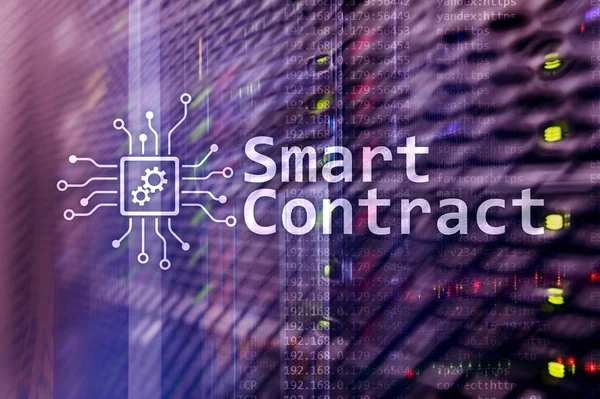Blockchain technology has revolutionized the way we conduct financial transactions and interact with decentralized systems. With the rise of Ethereum and its smart contract capabilities, developers have been able to create innovative applications and unleash a new world of possibilities. However, the limitations of scalability and interoperability within Ethereum’s ecosystem have prompted the need for alternative solutions. This is where Polkadot comes into play.
Understanding Polkadot’s Architecture
At its core, Polkadot is a multi-chain network that enables interoperability between different blockchains. Its architecture consists of three main components: the Relay Chain, Parachains, and Bridges. The Relay Chain acts as the heart of the network, securing the overall consensus and coordinating communication between the different chains. Parachains are individual blockchains that connect to the Relay Chain, each with their own set of rules and logic. Bridges enable communication between Polkadot and external blockchains, expanding the network’s interoperability.
Powering Innovation: Polkadot’s Smart Contract Framework
One of the most exciting aspects of Polkadot is its smart contract framework. Built on the Substrate development framework, Polkadot allows developers to create and deploy smart contracts in a secure and efficient manner. By utilizing a single shared infrastructure, developers can avoid the pitfalls of a fragmented ecosystem and benefit from the network effects of the entire Polkadot ecosystem.
Unleashing Opportunities for Developers on Polkadot
Developers are now presented with an array of opportunities on Polkadot. By leveraging the network’s interoperability, they can create cross-chain applications that interact seamlessly with different blockchains. This opens up a world of possibilities for DeFi (Decentralized Finance) applications, gaming, supply chain management, and much more. Moreover, developers can tap into the vibrant Polkadot ecosystem and collaborate with other developers, projects, and communities, further fueling innovation and growth.
Exploring the Benefits of Smart Contract Development on Polkadot
Polkadot’s smart contract development offers several key advantages. Firstly, its scalability ensures that applications can handle high transaction volumes without compromising performance. Secondly, its interoperability empowers developers to create applications that span multiple blockchains, offering a level of flexibility and efficiency that was previously unattainable. Additionally, the Substrate framework simplifies the development process, allowing developers to focus on building robust applications rather than getting bogged down by technical complexities.
Navigating Polkadot’s Ecosystem for Smart Contract Development
To navigate the Polkadot ecosystem for smart contract development, developers can leverage tools like Web3 Foundation’s Polkadot JS, which provides a user-friendly interface for interacting with Polkadot’s network. Additionally, Substrate provides a powerful development framework that enables developers to build their own blockchain or customize existing parachains. Furthermore, Polkadot has a rapidly growing community that offers support, resources, and opportunities for collaboration.
Embracing the Future: Harnessing Polkadot’s Smart Contract Potential
As blockchain technology continues to evolve, Polkadot’s smart contract potential cannot be ignored. Its unique architecture, interoperability, and developer-friendly framework position it as a frontrunner in the race towards widespread adoption and innovation. By embracing Polkadot’s smart contract capabilities, developers can unlock a world of possibilities, pushing the boundaries of what blockchain applications can achieve.
Comparison Table: Ethereum vs. Polkadot
Outlined below are some key differences between Ethereum and Polkadot:
| Feature | Ethereum | Polkadot |
|---|---|---|
| Scalability | Faces challenges with scalability | Offers high scalability through its sharding mechanism |
| Interoperability | Limited interoperability with other chains | Offers seamless cross-chain communication and interoperability |
| Development Framework | Smart contracts written in Solidity | Smart contracts written in various languages using Substrate |
| Governance | Decisions made by Ethereum Foundation | Decentralized governance through a set of elected council members |
| Security | Vulnerable to single point of failure | Enhanced security through shared security of the network |
With its innovative architecture and smart contract capabilities, Polkadot presents a promising future for developers and blockchain enthusiasts alike. Its scalable and interoperable nature offers a whole new dimension of possibilities for creating cutting-edge applications. By harnessing the potential of Polkadot’s smart contract development, developers can pave the way for a decentralized future and contribute to the ongoing evolution of blockchain technology. It’s time to explore Polkadot’s potential and unleash the power of smart contract development.
